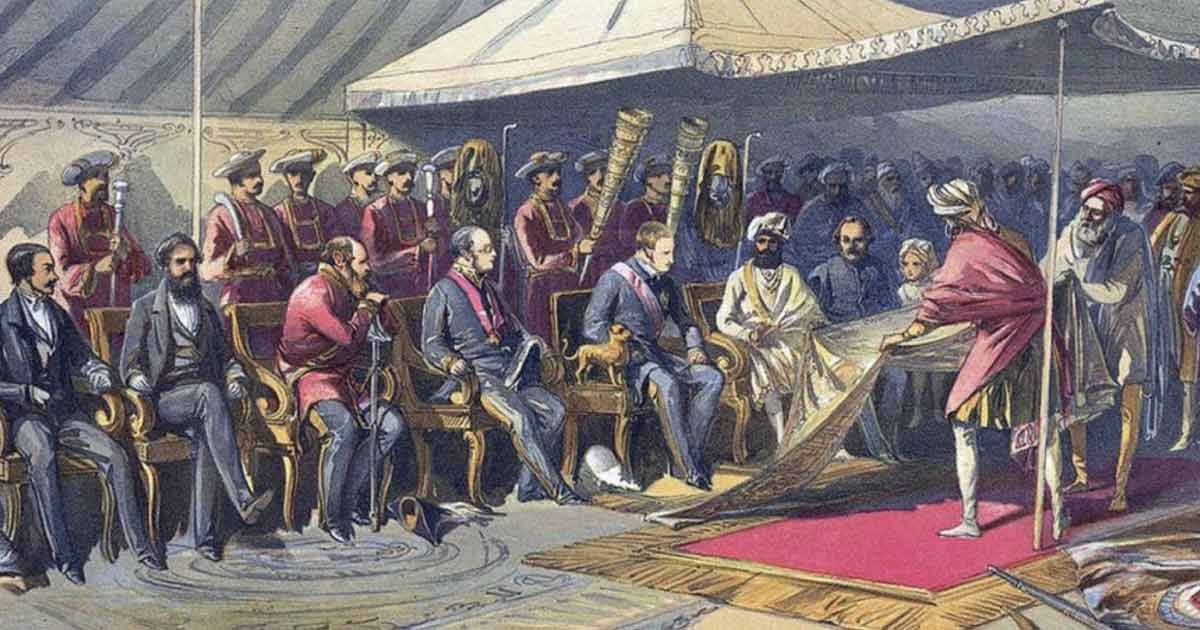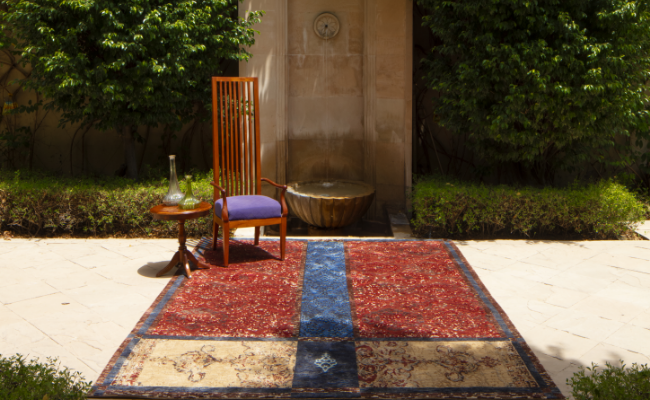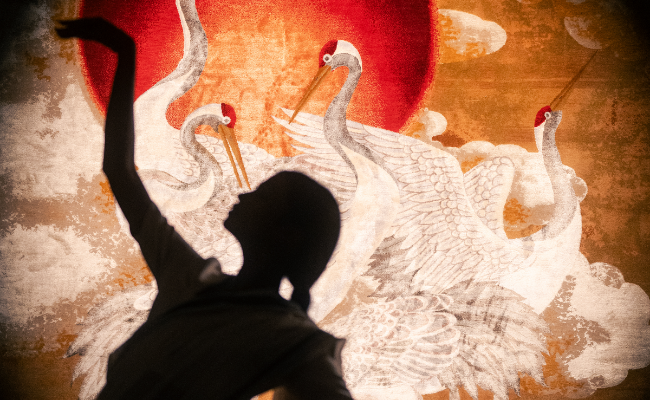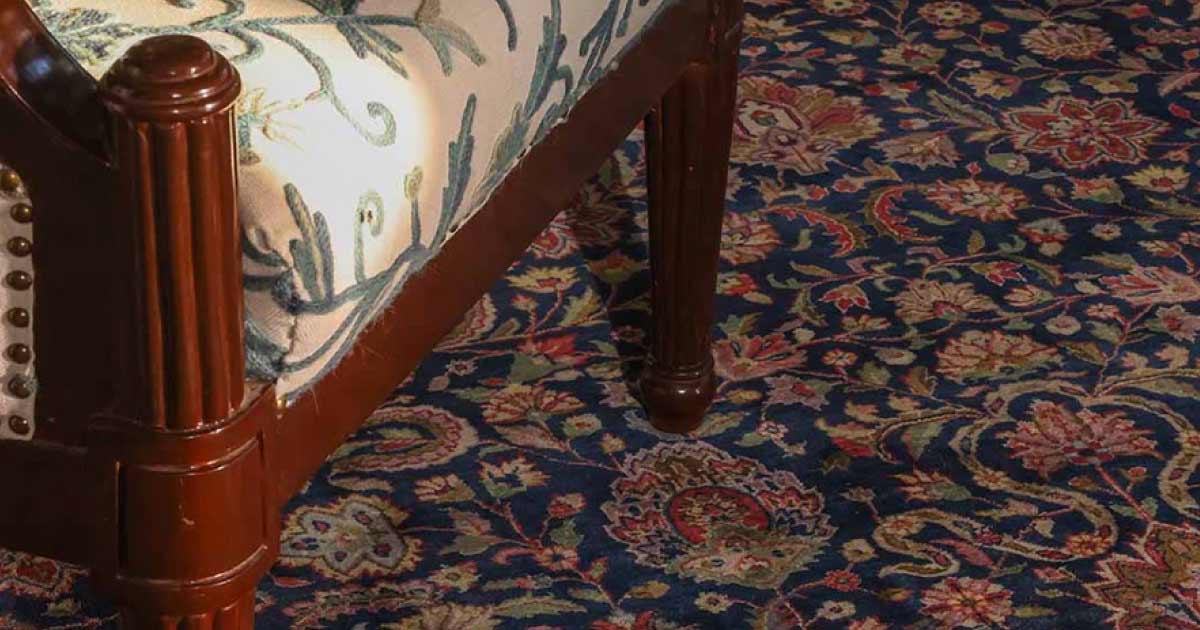
The Importance Of The Silk Road In Carpet History
The earliest advent of trade and commercial activities has been linked to the Silk Road, alternatively known as the Silk Route. This extensive route connected Asia with North Africa and Europe. It emerged on the global map some 2,100 years ago and functioned as a significant corridor connecting the East to the West. This trade route spanned over 4,000 miles and was the first ever passage for the transmission of multifarious interactions between the East and the West.

It was in 139 BC, during the reign of Emperor Wudi of the Han Empire, that an ambassador was sent to Central Asia to expand trade and steadily gain profit. This trade route predates the Christian Era, and its mere creation led to the emergence of a flourishing commercial culture until the fifteenth century. The Silk Route, although a major contributor to linking the global markets and proliferating mercantilism, had a far greater impact on the exchange of ideas than solely on the exchange of goods. The route played a key role as a vehicle and a tool in the exchange of myriad ideas, cultures, textiles, crafts, the arts, technology, and religion.
Developments in the fields of mathematics, philosophy, gastronomy, and architecture were made possible because of the existence of this vastly interconnected passage.
Silk, textiles, carpets, pottery, metal, and clay articles were the major commodities that were traded through the Silk Route. However, carpets were perhaps the most significant artefacts to be traded. Carpets throughout history have been linked to the Royalty and thus have been symbolic of wealth and power in a highly stratified society. With rich craftsmanship and the results of extremely skilled and meticulous designing, it would be no exaggeration to say that carpets were highly valuable commodities for both the Eastern and Western worlds.
Although these artefacts were articles of functional use, they were weaved employing highly specialised skills and exquisite techniques. These carpets were adorned with traditional, and symbolic patterns, sacred to the people of that era.
The earliest origins of silk have been found in China, said to have appeared during the Neolithic Period. It was not long before silk became a commodity common in other parts of the world. However, the production of silk remained confined to China until the Silk Road opened up the East to the West around the 1st millennium BC. China made strides in silk-weaving technology, which spread to Persia through the Silk Road.
However, it was during the reign of Kublai Khan of the Yuan Dynasty that trade proliferated and reached its peak. Carpets resultantly became a status symbol associated with the Mongols because of their key positions as merchants. Marco Polo, who traveled to China during the reign of Kublai Khan and has been the major contributor of the information available to us about the Silk Road, today.
By the 15th century, oriental carpets made in Turkey, one of the major carpet-weaving centres, started being exported to Europe and the Americas. The 20th century appears to have been a turning point in the history of carpets woven and exported through the regions making up the Silk Route. Western collectors discovered a vast number of textiles and artisanally handcrafted traditional carpets and artifacts. These accents were very fine carpets made for the nobility and royalty.
These motifs found a special significance in the daily lives of the ancient folks and were evident of a transfusion of cultures, as their exact origins have not been linked to any one particular community.
Caravans and Courts: Textiles from the Silk Road is an exhibit curated by textile conservator Zoe Perkins and is an excellent display of weaves made in the ancient carpet world, traded and exchanged, through the Silk Route.
Along the Silk Road: Rugs and Textiles from Syria to China is an exhibit in the Henry Gallery's Short Stories series, featuring approximately 35 rugs, sourced from the major textile centres along the Silk Road, dating from the 13th to the 20th centuries. These rugs are among the finest rugs from China, Uzbekistan, Afghanistan, Iran, Iraq and Syria. The exhibit illustrates how a variety of designs, patterns and elements were made and evolved through their passage along the Silk Route. The rugs in this collection are rugs from key carpet producing towns located along the Silk Road and incorporated distinctive patterns but had symbolic links.
Silk ikat cloth rugs, produced by wrapping and dyeing the warp and weft threads, before weaving, were extensively used as one type of currency. Carpets, therefore, are very closely linked to the Silk Road trade and have been major elements in the ancient and mediaeval commercial arena.
Obeetee bears a rich legacy of preserving a craft that is 300 years old. Obeetee came about 102 years ago, in Mirzapur, the heart of the carpet weaving craft in India. We are also known as one of the oldest, hand-woven rug companies in the world and we constantly strive to excel at the craft of carpet making. Much like the emergence of the Silk Route led to flourishing trade and commerce, the Grand Trunk Road facilitated the carpet trade in India. Our accents are the product of excellent craftsmanship of local artisans, which have been passed down generation after generation, preserving our heritage and a sacred art.
Find the best silk rugs for your home and office.









